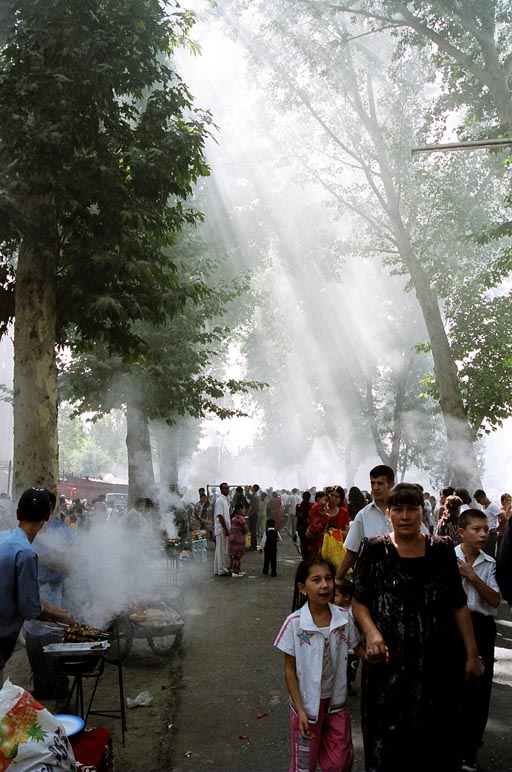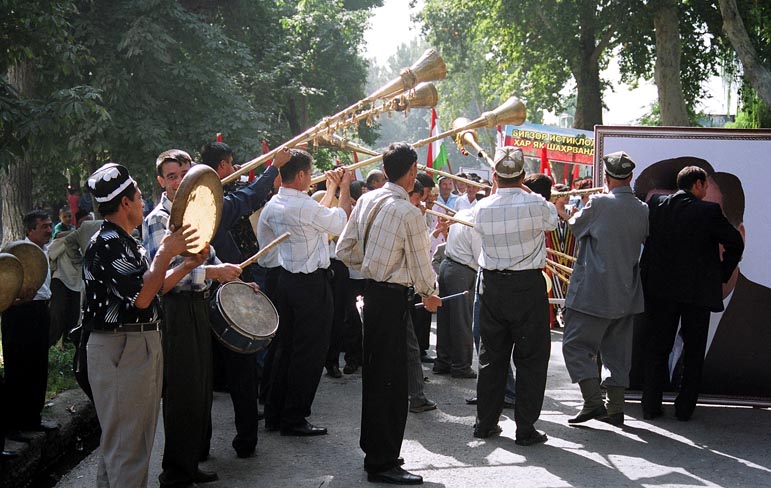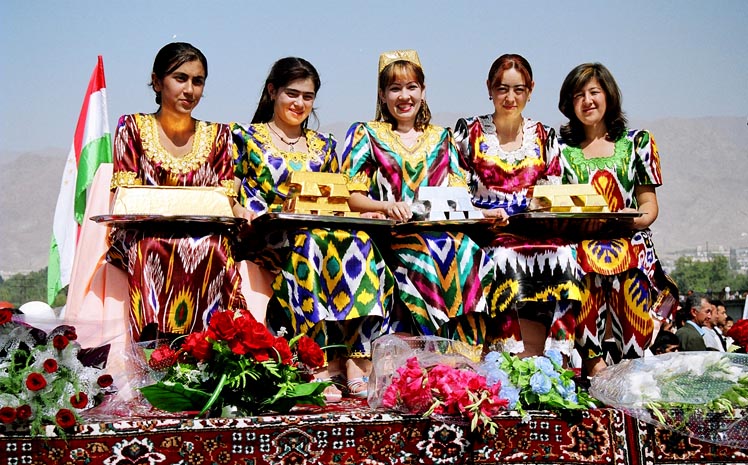Tajikistan
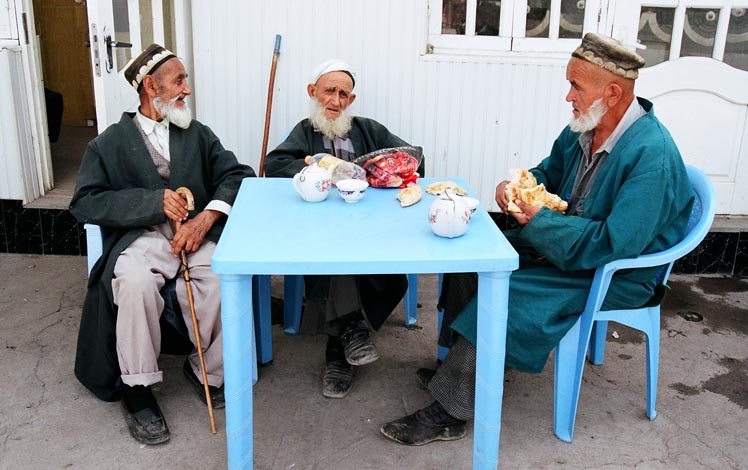
Tajikistan remains profoundly entrenched in its past, whether in its Soviet history or in its traditional muslim past. The hopes and roads leading to its future seems to be paved with opium and heroin, and its paralyzing bureaucracy and coziness with Moscow mark Tajikistan as perhaps the most fundamentally conservative country in ex-Soviet central asia. I bet these regulars at a teahouse in Hissar, a suburb of Dushanbe, have ordered exactly the same thing from the soviet era, through the bloody 1990s civil war, straight to today.
bla
bla
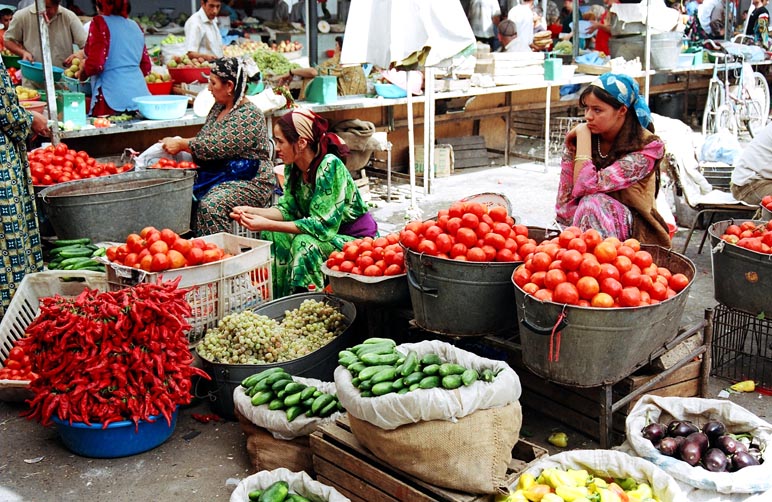
bla
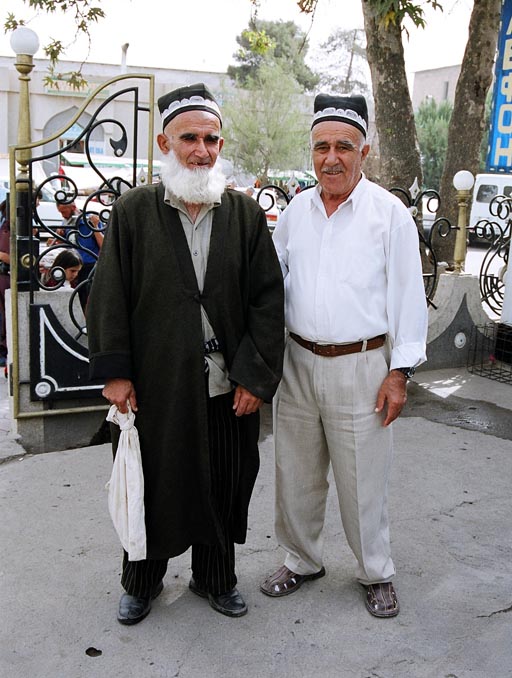
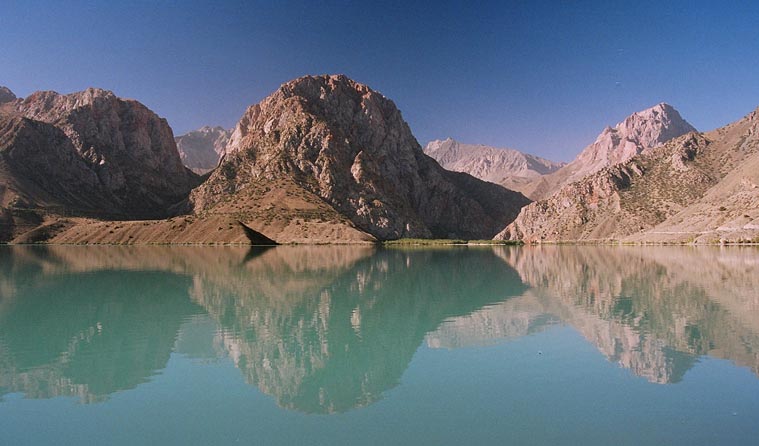
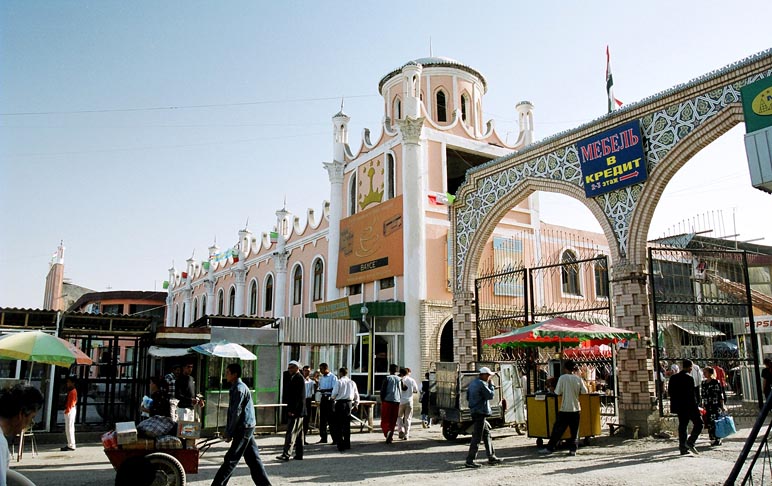
Main entrance to the bazaar of Istaravshan, one of the oldest cities in
Tajikistan.
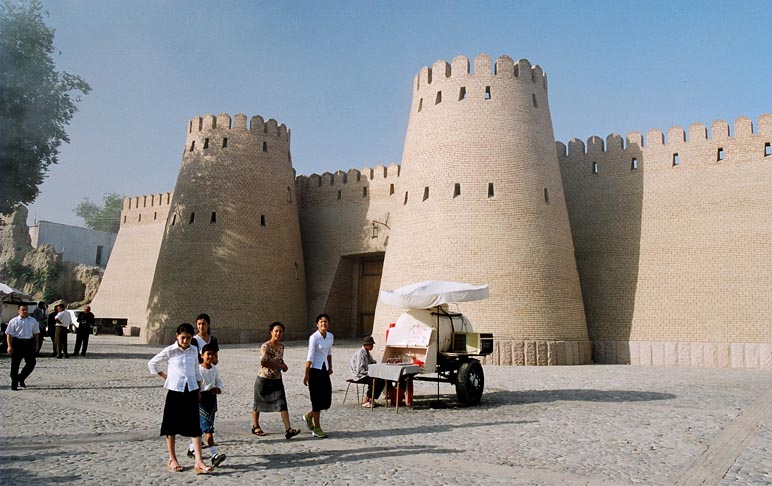
You'd never suspect that Khojand was the seat of the mighty Sogdian empire, which managed to hold off the Russians and Chinese for centuries, until you saw this fortress. Situated in the fertile and prosperous Fergana Valley region straddling the Uzbekistan, Kyrgyzstan and Tajikistan borders, it gets my vote for the friendliest and most hospitable big city in Central Asia. Its status as a good communist city under the USSR earned it the name Leninabad, which some people still say from time to time.
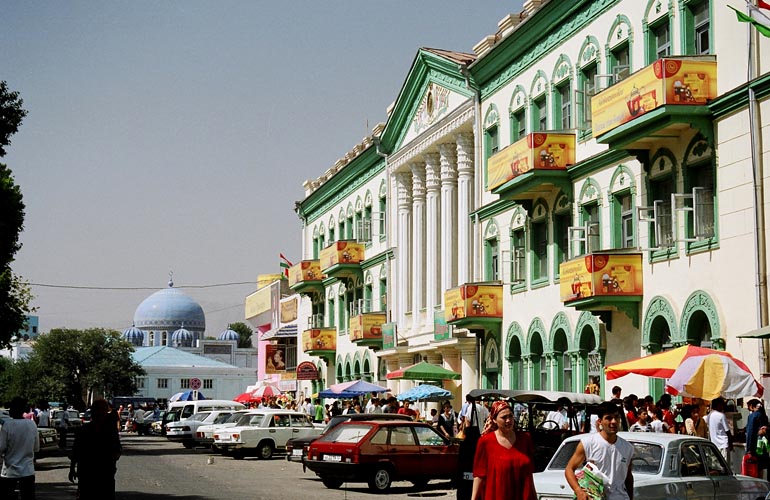
This lovely building on the right is the
trader's hotel (Sharq) where I stayed in Khojand, around the corner
from the Panchshambe (Thursday) market and across from the main mosque
complex. I only paid US$1 for a bed here, ten times less than in
Dushanbe with its narcomafia-based economy.
